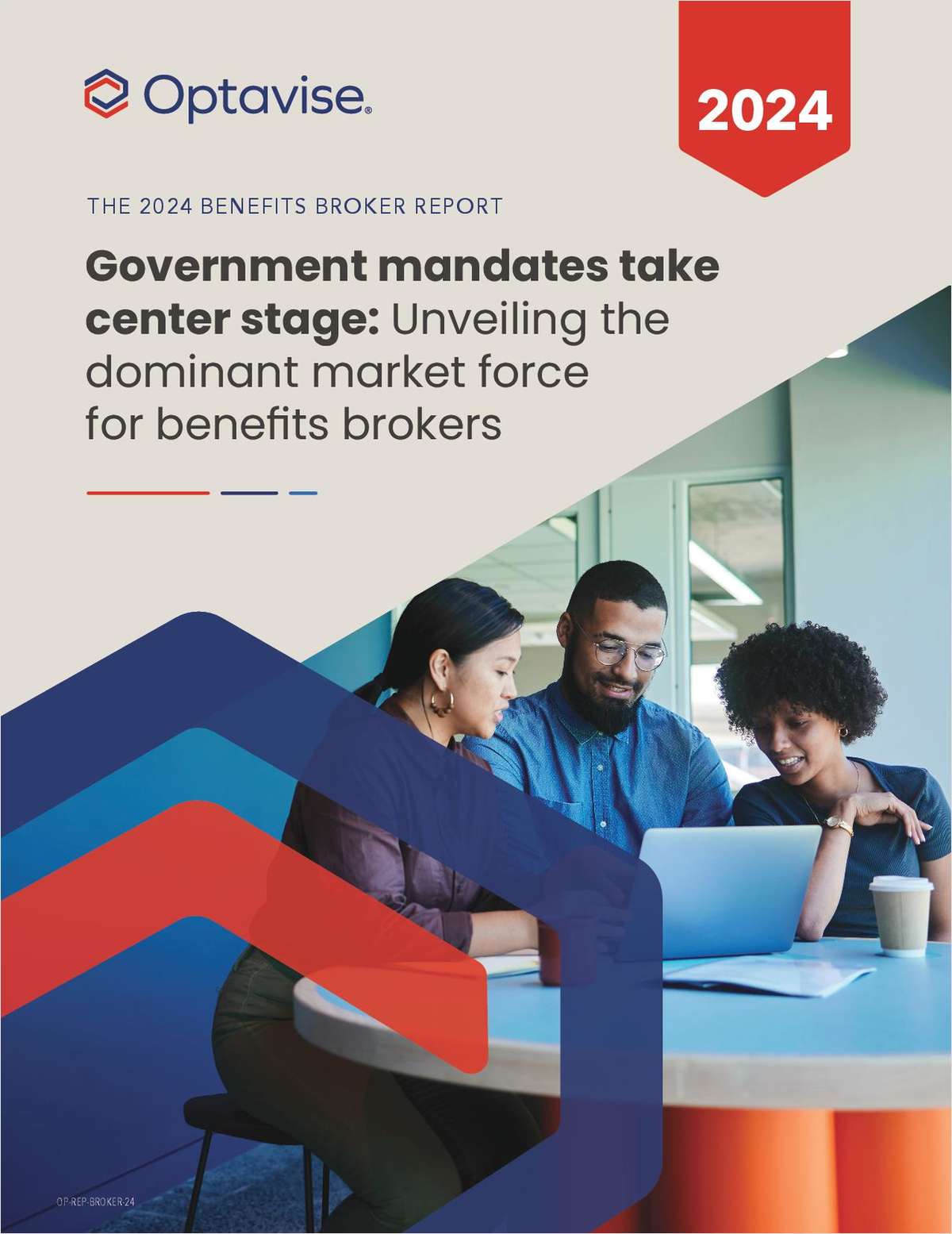When we last rang in a new year, then President-elect Trump’stransition team was in full throttle, a controversial fast-foodmaven had been nominated to head the Labor Department, well-sourcedspeculation swirled as to the new administration’s intentions forthe fiduciary rule, and a President Obama-era safe harbor waspoised to usher in a new generation of state-administered workplaceretirement plans.
|Meantime, stock markets surged. The transition team begancalling its shot on tax reform, promising delivery by the end ofthe summer, raising real questions for the future treatment ofqualified retirement plans.
|All the while, court dockets around the country were stackedwith fresh claims against massive defined contribution plans.
|Calling 2017 an eventful year in the retirement space would bean understatement.
|Here is one timeline—in no way exhaustive—of the year industrymay soon look back on as a year like no other.
||
1. January 20—Trump sworn in
President Trump is sworn in. No clear strategy has been set forhow the Labor Department’s fiduciary rule will fall under theadministration’s agenda for regulatory reform.
|Speaking to BenefitsPRO before in the last days of 2016,Jean-David Larson, director of regulatory and strategic initiativesat Russell Investments, says: “A significant portion of theindustry is continuing to rely on the rule being stopped. But ifstopping the rule is a priority for the administration then theyare going to have to signal that soon.”
Days before the inauguration, the Senate HELP committeeannounced two delays for the confirmation hearing of Andrew Puzder,CEO of CKE Restaurants, and President Trump’s nominee to head theLabor Department. Sen. Warren, D-MA, is leading a coordinatedcampaign with labor groups to block the nomination.
||2. February 3—Trump signs memorandum on fiduciaryrule
|
President Trump signs a presidential memorandum, instructing theLabor Department to undertake a new economic and legal impact ofthe fiduciary rule.
|Specifically, Labor’s new analysis is to determine if the rulehas “harmed or is likely to harm investors due to a reduction ofAmericans’ access to certain retirement savings offerings,retirement product structures, retirement savings information, orrelated financial advice.”
|Industry and political opponents of the rule interpret thememorandum as a de facto delay of the scheduled April 10implementation date.
|3. February 8—Texas Court upholds fiduciary rule
The U.S. District Court for the Northern District of Texasupholds the fiduciary rule, ruling against industry plaintiffsseeking a stay.
|The ruling is a sweeping victory for the rule in a venue thatwas regarded as the most favorable for industryinterests.
The U.S. Chamber of Commerce and the Securities Industry andFinancial Markets Association led a consortium of trade groupschallenging Labor’s authority to redefine the definition offiduciary on eight counts.
|An appeal would soon be filed in the 5th Circuit.
||4. February 15--Puzder withdraws
|
Andrew Puzder withdraws his nomination for Labor Secretary,hours before scheduled to go before the Senate HELPCommittee.
|Reports that up to 12 Republicans in the Senate wouldpotentially vote against him on the Senate floor left the WhiteHouse with little choice but to change course.
|5. February 20—Acosta nominated for Labor
|
R. Alexander Acosta is nominated to lead the LaborDepartment.
|A former official in the Justice Department and U.S. StatesAttorney, Acosta is regarded as a safer nominee—he had previouslysurvived three nomination hearings—and a measured legalmind.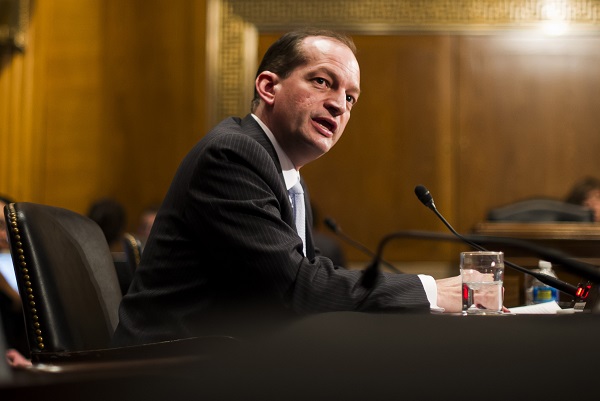
“The difference is that Acosta is a legally trained scholar, andone would have to assume a very smart guy,” said Lawrence Cagney,chair of the firm’s Executive Compensation & Employee BenefitsGroup practice at Debevoise & Plimpton. “It can be expected hewill be much more contemplative and thoughtful in his approach tothe rule than the previous nominee.”
||6. March 1—Labor proposes delay of fiduciaryrule
|
Labor proposes a 60-day delay to the first phase of fiduciaryrule, opening up a brief 15-day comment period to stakeholders.
|Many stakeholders would soon after chime in, asking for a longerdelay.
|Labor also issued 20 questions relative to the larger review ofthe review, one of which asks whether the fiduciary rule’s privateright of action would give way to meritless class-actionlawsuits.
|7. March 21—Acosta confirmation hearing
|
During his confirmation hearing, nominee Acosta signals personalconcern over the fiduciary rule’s reach.
|“The rule goes far beyond addressing the standard of conduct ofinvestment advisors,” said Acosta, in response to questions fromSen. Warren, D-MA.
Asked if he would support the rule if confirmed, Acosta said hewould follow the orders issued in a Presidential memorandum toexecute a new economic and legal analysis of the rule.
||8. April 5—Impartial conduct standards delayed twomonths
Labor delays implementation of the fiduciary rule’s impartialconduct standards by two months, from April 10 to June 9.
|In doing so, it also pushed off the requirement that advisorsand brokers provide written documentation of fiduciary status toclients.
|“That is a major departure from the original April 10requirements,” said Jason Roberts, CEO of the Pension ResourceInstitute.
|9. April 13—401(k)s officially in crosshairs
BenefitsPRO confirms that GOP lawmakers in the House areconsidering moving all 401(k) deferrals to an after-tax, or Rothbasis, as one measure to pay for Trump tax cuts.
|“This idea would be devastating for our retirement system,” saidWill Hansen, senior vice president for retirement policy at theERIC Industry Committee, which advocates on behalf of largesponsors of retirement and health plans.
Ed Murphy, president of Empower Retirement, soon after tellsBenefitsPRO that the wholesale transition to a Roth 401(k) systemis unlikely, but cautions that some changes may be in thepipeline.
|The White House soon after issues vague language vowing toprotect retirement savings in tax reform.
||10. May 3—Senate kills safe harbor for state-sponsoredretirement plans
The Senate narrowly passes a resolution to roll back theObama-era safe harbor for state-sponsored retirement plans
|The measure passed by a 50 to 49 margin, with two Republicans,Sen. Bob Corker of Tennessee and Sen. Todd Young of Indiana,defecting from their party and voting with Democrats, who uniformlyopposed the resolution.
|Sen. Marco Rubio, R-FL, was reportedly a last minute holdout,but cast the deciding vote to kill the regulation.
|Several states, led by Oregon, soon after vow to move forwardwith plans to roll out so-called auto-IRA programs.
|11. May 23—Impartial conduct standards effective June9
Via a Wall Street Journal op-ed, Sec. Acosta says the fiduciaryrule’s impartial conduct standards, which require advice onqualified retirement accounts to be in investors’ best interest,will go into effect on June 9.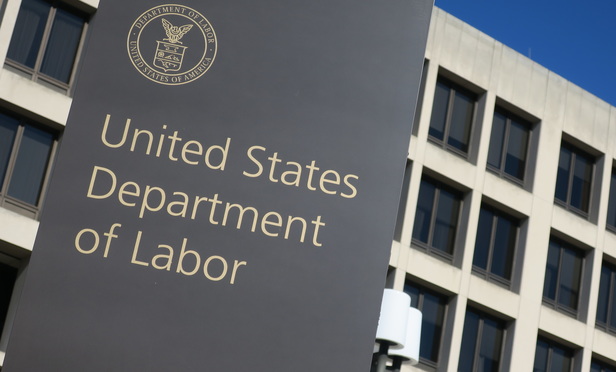
Acosta says the parameters of the Administrative Procedure Actrestrict further delay.
|Some in industry complain that even the impartial conductstandards need to be delayed so Labor can complete its review ofthe full rule. Some raise the specter of the “administrative state”working against the Trump administration. Others in industry callthat laughable.
||12. June 20—Reish predicts full delay
|
Prominent ERISA attorney Fred Reish, chair of the financialservices ERISA Team at Drinker Biddle & Reath, predicts thatthe full fiduciary rule, still scheduled for a January 1, 2018implementation date, will be delayed.
|13. July 7—Labor drops its defense of fiduciary ruleclass-action provision
In court papers filed in the 5th Circuit, the LaborDepartment says it is dropping its defense of the fiduciary rule’sclass-action provision, which would have allowed groups of IRAinvestors to sue investment providers under the rule.
The class-action provision was designed as the rule’s mainenforcement mechanism.
|A bill to repeal the rule soon after moves to the House floor,with little to no chance of ever passing in the Senate.
||14. Aug 1—Fifth Circuit hears oral arguments
|
A three-judge panel hears industry’s appeal of a lower courtdecision upholding the fiduciary rule in the conservative5th Circuit. Surprisingly, the court has not issued adecision to date.
|SIFMA and the Financial Services Roundtable, both parties to theappeal, soon after released data showing service disruptions underthe impartial conduct standards.
|15. Aug 20—Tibble v. Edison finally comes to anend
|
A California federal court rules in favor of plan participantsin Tibble v. Edison.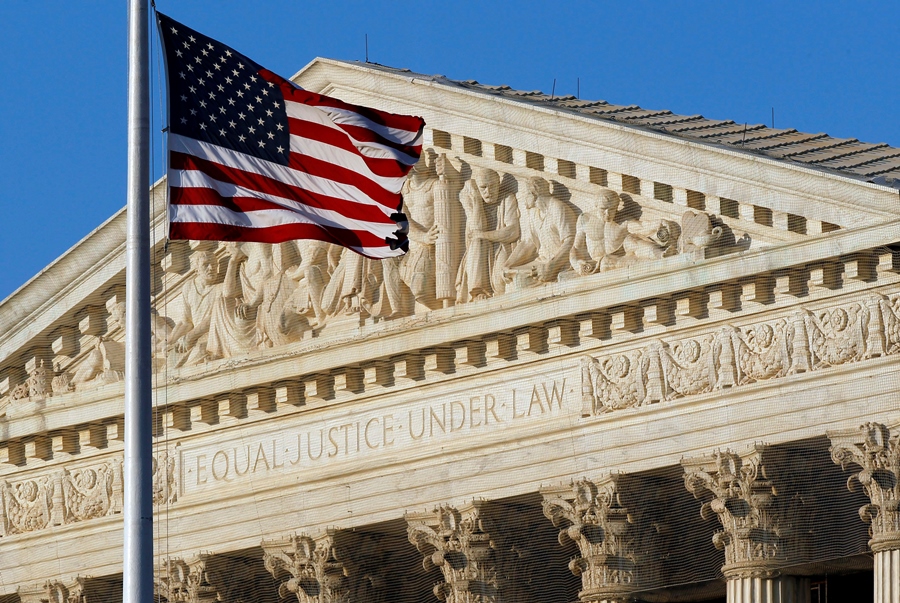
The final ruling was 10-years in the making, and is the only401(k) excessive fee case to be reviewed by the Supreme Court.
||16. Aug 30—Labor formally says it won’t enforce class-actionprovision
The Labor Department instructs its field investigators to notenforce the fiduciary rule’s ban on class-action waivers.
|17. Sept. 14—Senate Finance Committee cold onRothification
|
During the Senate Finance Committee’s first hearing on taxreform, Republican and Democrat lawmakers push back hard againstRothification.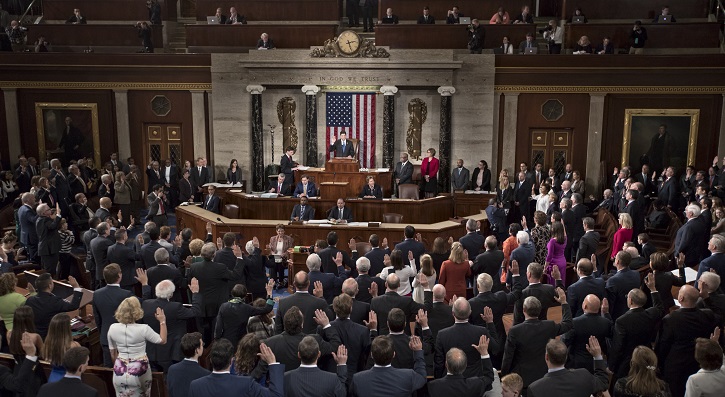
“You gotta be kidding me,” said Sen. Sherrod Brown, D-OH. “Thetwo best ideas to pay for massive tax cuts for Wall Street are tocut Medicare, raise the eligibility age to 70 for Social Security,and then steal from the retirement accounts of working middle-classAmericans?”
||18. Oct 15—Top Hatch aide tapped to head EBSA
Preston Rutledge, a top aide to Sen. Orin Hatch, R-UT, on theSenate Finance Committee and a key architect of the RetirementEnhancement Savings Act, is nominated by the White House to headthe Employee Benefits Security Administration.
|His supporters range across retirement interest groups, from theSPARK Institute to the Pension Rights Center.
|19. Oct 21—Trump tweets on 401(k)s
|
After leaked reports that the GOP was considering cappingpre-tax contributions to 401(k)s at $2,400, President Trump took toTwitter.
|“There will be NO change to your 401(k),” the President wrote onTwitter. “This has always been a great and popular middle class taxbreak that works, and it stays!”
Tax bills that emerge from both the House and Senate heed thePresident’s advice.
|But the bills do have some retirement implications, as they headto be reconciled.
|Lower taxes on S-Corps may incentivize some small businessowners to drop 401(k) plans. The American Retirement Industryenlists an aggressive grassroots lobby, even as some doubt whether401(k) sponsorship is really threatened.
||20. Nov 27—Full fiduciary rule delayed until July2019
|
With about a month to spare, Labor issues a final delay of thefull fiduciary rule, until July of 2019.
|21. Dec 1—Congress begins bail-out talks for multiemployerplans
|
The Pension Benefit Guaranty Corp. reveals the multiemployerinsurance program is facing a $65 billion shortfall and will likelybe insolvent by 2025.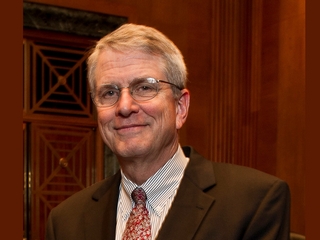
Democrats on Capital Hill introduce legislation that would bailout more than 100 plans headed for insolvency.
|Pressed for a figure on how much taxpayer money would be needed,Thomas Reeder, director of PBGC, told the House Subcommittee onHealth, Employment, Labor and Pensions, that tens of billions ofdollars would be required, at a minimum.
Complete your profile to continue reading and get FREE access to BenefitsPRO, part of your ALM digital membership.
Your access to unlimited BenefitsPRO content isn’t changing.
Once you are an ALM digital member, you’ll receive:
- Critical BenefitsPRO information including cutting edge post-reform success strategies, access to educational webcasts and videos, resources from industry leaders, and informative Newsletters.
- Exclusive discounts on ALM, BenefitsPRO magazine and BenefitsPRO.com events
- Access to other award-winning ALM websites including ThinkAdvisor.com and Law.com
Already have an account? Sign In
© 2024 ALM Global, LLC, All Rights Reserved. Request academic re-use from www.copyright.com. All other uses, submit a request to [email protected]. For more information visit Asset & Logo Licensing.







